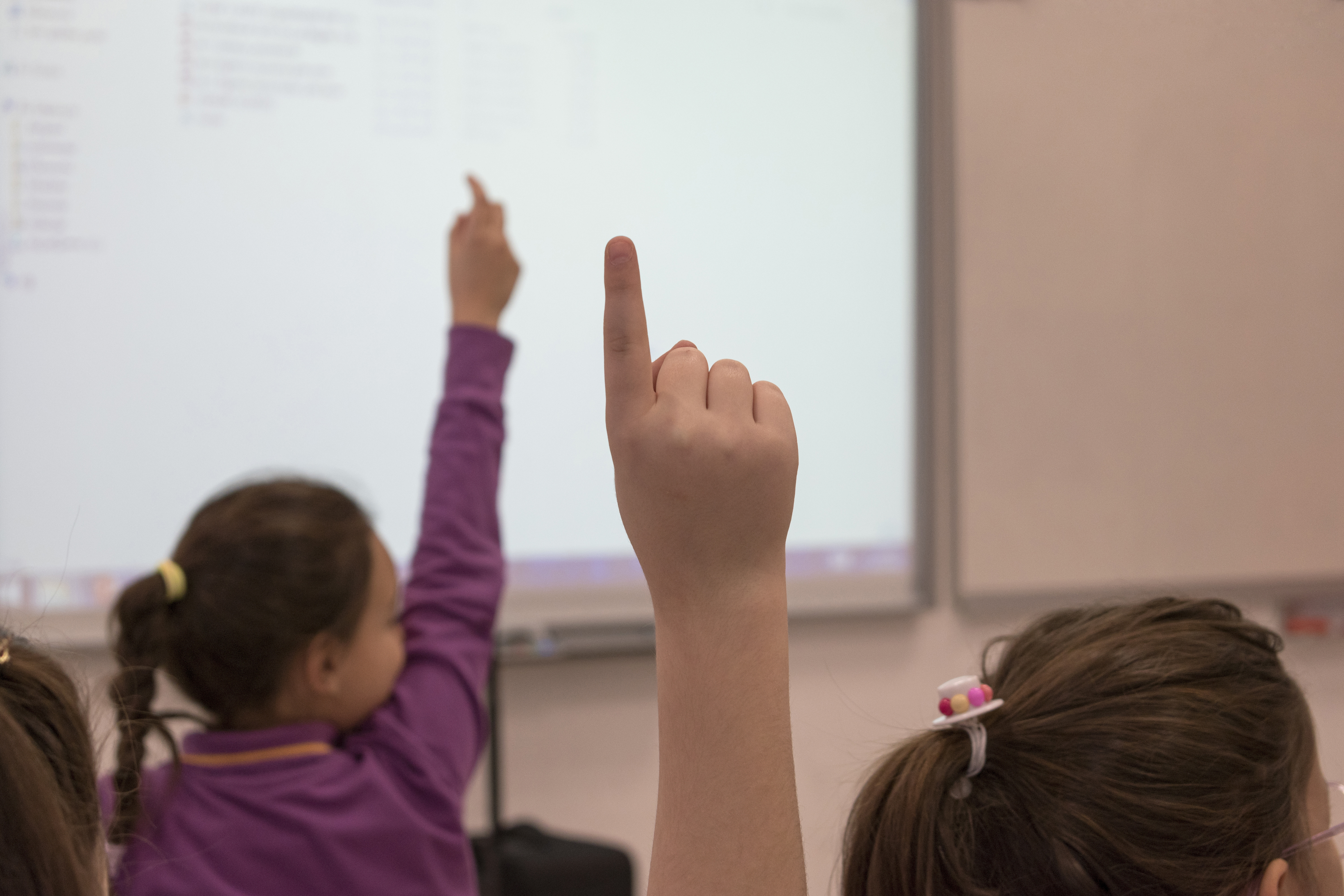Six Strategies to Increase Student Engagement
No teacher wants to lecture to a student who is bored or disengaged, and no student wants to sit in a classroom feeling the material is meaningless. When it comes to learning, engagement is essential. Savvy educators seek to connect with students and engage their growing minds in new and innovative ways. But these engagement methods must be grounded in research, rather than guesswork.
With so many resources available today, how can educators find those that engage students? According to Robert Marzano in The New Art and Science of Teaching (2017), monitoring student engagement is critical so that teachers know when to employ effective engagement strategies and sense when students may need differentiated instruction to optimize learning.
Students can provide teachers with self-reported engagement data through informal verbal or written prompts during a lesson. Marzano suggests that teachers should react when they see students are disengaged. Increasing engagement might involve creating a “lively pace” through the use of instructional segments, allowing students to work at their own individual pace, or grouping students according to where they are in their comprehension of new material. Educators may also want to add physical movement, such as standing to vote for an answer, or present new and unusual information through real-world connections.
To engage students, teachers should consider the following strategies:
1. Make It Meaningful: If students do not consider a learning activity worthy of their time and effort, they might not engage in an effective way, or may even disengage entirely in response.
2. Foster a Sense of Competence: Competence results from a student’s ongoing personal evaluation of whether he or she can succeed in a learning activity or challenge.
3. Provide Autonomy Support: Teachers should create a sense of autonomy by nurturing the students’ sense of control over their behaviors and goals.
4. Embrace Collaborative Learning: When students work effectively with others, their engagement may be amplified as a result.
5. Establish Positive Teacher-Student Relationships: High-quality teacher-student relationships are another critical factor in creating student engagement, especially in the case of difficult students and those from lower socioeconomic backgrounds.
6. Promote Mastery Orientations: Engagement is more likely to be full and thorough when students pursue an activity because they want to learn and understand through mastery, rather than get a good grade, look smart, please their parents, or outperform peers.
Research by Marzano has shown that providing choices to students of all age levels often increases their intrinsic motivation and have been linked to increases in effort, task performance, and subsequent learning. However, for students to feel that their decision has an impact on their learning, teachers should provide students with choices of tasks, reporting formats, learning goals, and behaviors.
The new Measuring Up instructional worktexts offer engagement features designed to get students thinking about their progress so they become invested in their own success. These materials engage students through collaboration, turn and talk, and prompts to check understanding. Students learn relevance through with real-world applications of vocabulary and math skills, authentic writing tasks, and real models of math concepts. Each lesson is grounded in the significance of concepts being learned.
And the digital Measuring Up Live platform offers games, dashboards to monitor progress, and data and reporting, all designed to allow students to be drivers of their own success and to help teachers monitor student engagement.
It is important to choose a partner that evolves with the ever-changing education landscape. Mastery Education, the creator of Measuring Up, is constantly striving to provide richer and deeper learning experiences that prepare students for the challenges of mastering today’s standards and unlock the possibility of a brilliant future.
To learn more, visit MasteryEducation.com today.

